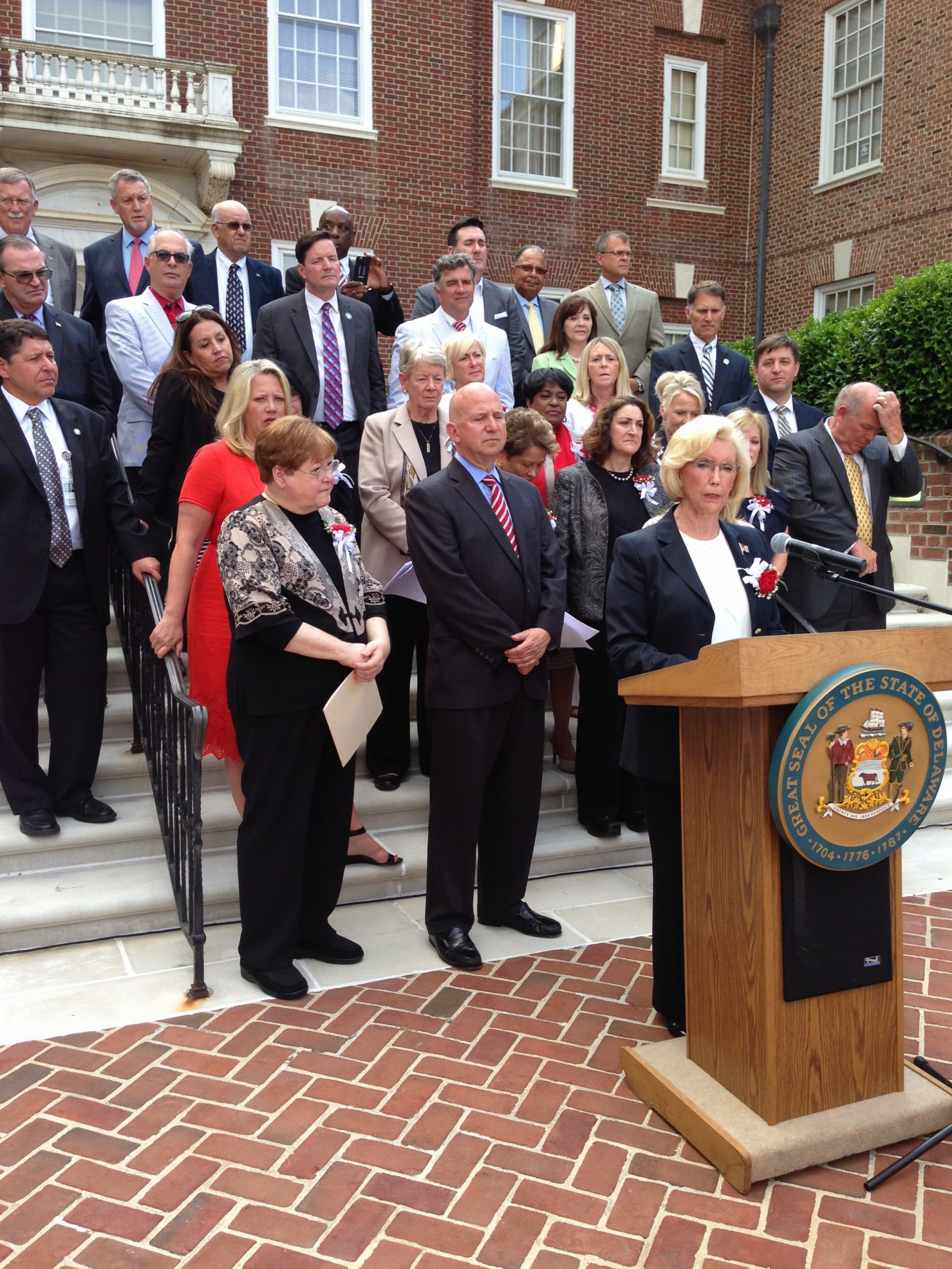Abortion rights, women of color, and LGBTQIA+ people are under attack. Pledge to join us in fighting for gender justice.
Why Care About Coal And Not Retail?

 After last year’s election, most people are familiar with the panic around the loss of coal jobs. We are told by some politicians that saving these jobs also means saving the local communities and a specific vision of working-class American life. But what–and who–is this narrative leaving out and how does that harm women?
After last year’s election, most people are familiar with the panic around the loss of coal jobs. We are told by some politicians that saving these jobs also means saving the local communities and a specific vision of working-class American life. But what–and who–is this narrative leaving out and how does that harm women?
While coal takes center stage, another industry is going through a crisis: retail. While the coal industry employs fewer people than Arby’s, retail jobs accounted for nearly 1 in 9 (11 percent) of jobs in October 2017. When it comes to job losses and gains, October’s employment numbers from the Bureau of Labor Statistics (BLS) show that coal jobs netted no losses or gains while retail lost 8,300 jobs last month. In fact, with the exception of a gain last December and January, women have lost retail jobs– every month since April 2015. In the face of these continued retail losses, why is coal still on the forefront of President Trump’s mind?
It can’t be about what’s best for all Americans.
While coal jobs are concentrated in a few states including West Virginia, Pennsylvania, and Kentucky, retail jobs affect every single state. This point is not to minimize the devastating impact that shuttered coal mines have on local communities and economies, but it is to note the more broad sweeping impact that the loss of retail jobs can have on families across our nation. The New York Times notes the appearance of “zombie malls” dotting the suburban landscapes across the country, putting on full display the “carcasses of retail’s past.” Maybe you’ve seen one of these in your neighborhood, too.
But perhaps it’s about who works in coal jobs? One of the most striking differences between coal and retail is the demographic breakdown of the workers. According to an April 2017 Atlantic article,
“Coal mining is still 95 percent white and 95 percent male. Department store workers are 40 percent minority [sic] and just 40 percent male. The emphasis on work that is white, male, and burly may represent an implicit bias against the working class of the modern service economy, which is more diverse and female.”
This distinction between who works coal jobs and who works retail jobs is an important one to make because it implicitly shapes political conversations about whose jobs are worth saving. Although women’s advocacy groups, like the National Women’s Law Center, have done plenty of work to highlight the oversized role women play in retail and how these jobs affect families’ overall economic well being, these analyses do not seem to have the same political utility come time to elect a president–especially when that president promises to “put our miners back to work,” a line of thinking in direct contradiction to expert opinions expressing quite the opposite: coal jobs are not coming back (at least not in great numbers) due to companies switching over to natural gas, as one example.
While there are many differences between coal and retail jobs ranging from geographic location to worker demographics, they do share something in common: both of these industries have been transformed by technological innovations. While coal jobs are under threat from increased automation, the ease and efficiency of online shopping is changing the face of retail. Put simply, more people are doing their shopping online. As of January 2016, nearly half of all households in the U.S. had an Amazon Prime subscription, and thanks to mobile technologies, consumers can use apps and mobile wallets (and even Alexa!) to buy everything from books to groceries–or even a sofa–on their phones with a click of a button.
An increase in online shopping translates into more women working in online-shopping related jobs. For example, in September 2016, 180,600 women worked in electronic shopping and mail-order houses (like Amazon). Nearly one year later, that number has bumped up to 193,500. The same is true for electronic auctions like Ebay. In almost one year, 17,100 women workers were added to this field.
The rhetoric around last year’s election sends a clear message to women–their jobs simply don’t matter enough. Maybe retail job losses have been ignored because they largely affect women and people of color — but this should not be a missed chance for real change for working families. In the age of innovation and increased automation, policymakers have a unique opportunity to focus on employment policies (increase minimum wage, enact fair scheduling laws, give access to paid sick/ family leave) that really lift up large numbers of working people—including working women.




